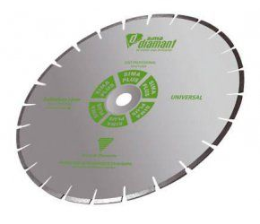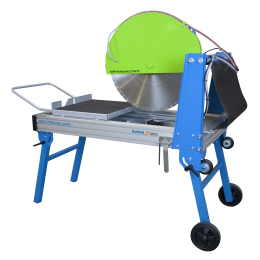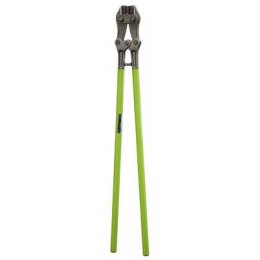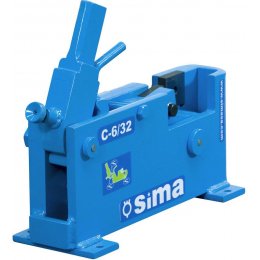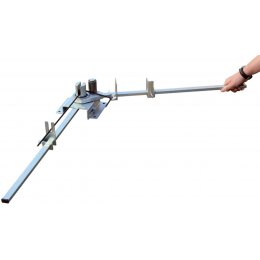Find your SIMA machine
Construction machinery factory
SIMA, Sociedad Industrial de Maquinaria Andaluza, S.A., began its business activities in 1970 with a clear corporate mission: to improve the design of construction equipment in order to reduce the workload of the people using our machines. We have achieved this by manufacturing safe, reliable, innovative and profitable equipment.
As a matter of fact, we are the leading company in light machinery for the construction industry in Spain and the third largest supplier in Europe.
We manufacture several complete lines of machinery such as:
- Construction Material Cutters
- Rebar processing
- Surface Treatment
- Consumables
For quality, value and service, the best option is to buy construction equipment direct from the manufacturer. We offer no-hassle returns and free shipping on construction equipment to the UK.
Buy Construction Machinery
SIMA UK manufactures numerous types of construction equipment for the UK, specializing in machinery used to cut construction materials such as concrete, asphalt, brick and stone. Several product lines are available to meet the distinct needs of each customer.
Our SIMA saws and cutters include:
- Masonry Saws & Tile Saws
- Stone Saws & Brick Saws
- Bridge Saws & Slab Saws
- Block Saws
- Floor Saws & Road Saws
Thanks to our wide and varied selection, we’re confident that you will be able to buy construction equipment that suits your needs and fits your budget. Our machinery is top-quality and an excellent value, and construction equipment shipping is free to customers in the UK.
Construction Equipment UK
SIMA UK also specializes in construction equipment for rebar processing (bending and cutting) and surface treatment. We manufacture both manual and electric rebar cutters and rebar benders, as well as electric rebar tying tools. Our surface treatment tools (floor planers / scabblers and power trowels / floats) are available with electric or petrol motors.
- Manual & Electric Rebar Cutting Shears
- Manual & Electric Rebar Stirrup Benders
- Electric Rebar Tying Tool
- Electric & Petrol Floor Planers and Scabblers
- Electric & Petrol Power Trowels and Floats
- Ride-On Petrol Double Power Trowel
You can also find the best professional diamond blades for sale.
Buy Construction Machinery Consumables
High-quality construction equipment requires high-quality consumables to get the job done right. That’s why SIMA manufactures a wide selection of diamond saw blades and diamond core bits for drilling through the toughest materials. With a variety of specialized blades for cutting specific materials and PLUS and PREMIUM quality ranges, we’re confident you will be able to buy construction equipment consumables that perfectly adapt to your cutting or drilling needs.
Free returns and free shipping on construction equipment in the UK when you buy from SIMA, direct from the manufacturers.




